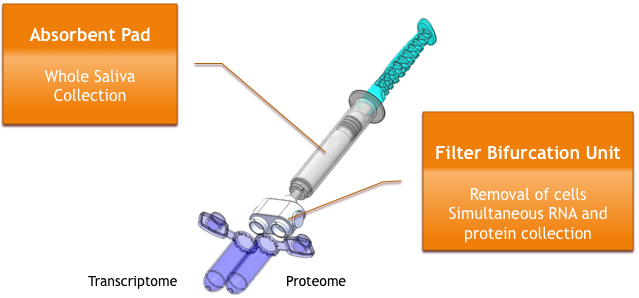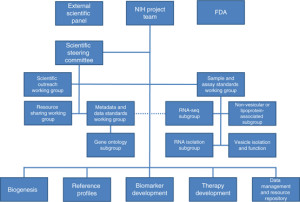01.13.16
Public Release of the exRNA Atlas
The first public release of the exRNA Atlas is now available via the ExRNA Atlas link in the Quick Links section of the exRNA Portal. The Atlas is produced by the NIH Common Fund’s Extracellular RNA Communication (ERC) Consortium and includes 519 small exRNA profiles from eight laboratories. Each profile in the exRNA Atlas acknowledges the contributing laboratory. The profiles were derived from about 6.4 billion reads uniformly processed using the exceRpt small RNA-seq pipeline. Faceted filtering and data navigation tools — hosted by GenboreeKB — are enabled by rich metadata standards developed by the consortium and metadata annotations contributed by the data producers. Uniform data quality metrics agreed by the consortium were applied to all datasets. On behalf of the Bioinformatics Research Lab at Baylor College of Medicine and the whole Data Management and Resource Repository (DMRR), I would like to thank the contributors and the consortium for the outstanding team effort required to reach this important milestone!
To balance the desire of data contributors to have a protected period of time to analyze and publish the data they have produced, the data access policy for datasets in the exRNA Atlas provides for a 12-month embargo period. The embargo period expires on 1 July, 2016 for the profiles in the current release. Researchers may analyze embargoed datasets from the Atlas but may not publish or make scientific presentations about them until the embargo period has ended. The Atlas will be updated regularly with new profiles, each new profile having its own 12-month embargo period per the data access policy. The read-level information for the profiles in the Atlas will be deposited in GEO (unrestricted access) or dbGaP (controlled access). The exRNA Atlas profiles will contain links to these archival records as the data are deposited.
The exRNA Atlas website is currently optimized for the Firefox browser. Extensive testing on other browsers is yet to be performed. Not too many problems are expected on other browsers, but if you do encounter a problem, consider using Firefox. Optimization for mobile devices is also yet to be completed.
Sai Subramanian of the DMRR highlighted the features of this new release of the exRNA Atlas on an ERCC webinar on 4 Feb, 2016 at 1pm ET. If you missed the live talk, it will be available soon afterwards at exRNA.org/About.
Where do we go from here? Of course, we are just at the beginning. By the end of 2016, the amount of data from the consortium’s reference profile projects will likely dwarf this first release. Our next focus here at the DMRR will be to “test drive” the data by performing a number of integrative analyses and to deploy analysis tools that may be applied both to the Atlas profiles and to profiles that are not yet public. Stay tuned and Happy New exRNA Year!





